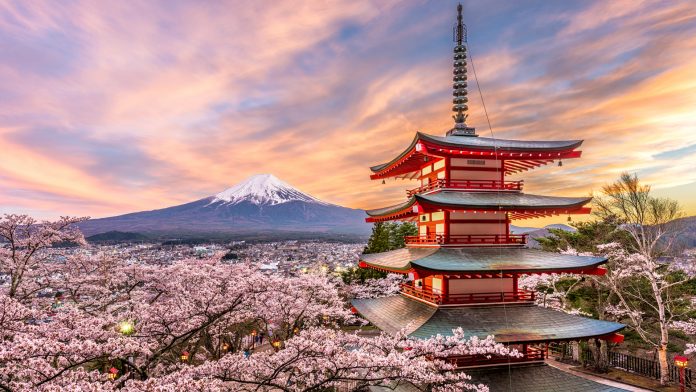The perceptions of ecosystem services have been investigated to encourage community-based management and conservation.
Cherry blossoms: Vital in gaining communal support in conservation
Scientists at the University of Tsukuba have discovered that local community perceptions of ecosystem services provided by symbolic wild cherry trees could be utilised in community-based management and conservation of traditional forest landscapes in Japan.
A considerable amount of people associate cherry blossoms with Japanese culture and, as researchers have discovered, blossoms are not just nice to look at; they could also be vital in gaining public support for community-based management and conservation of natural landscapes and wildlife.
Thus, scientists established that wild cherry blossoms could be utilised as symbols for the conservation of the traditional forest landscapes in Satoyama ecosystems.
This study was recently published in Ecosystems and People.
The cultural significance of symbolic species in community-based management and conservation
It has been recognised that symbolic species can have a considerable cultural significance. The species are typically used to symbolise environmental issues, as they can deepen people’s cultural relationships with the natural world. However, various social groups vary considerably in how they perceive the values of these species, depending on where individuals are from, their socio-economic background, and their experiences with and knowledge of nature.
“Understanding how people perceive the value of symbolic species’ ecosystem services is crucial because these perceptions often affect how land is managed,” explained Professor Ikuyo Saeki, corresponding author. “These perspectives are also key to sustaining links between people and nature and must be examined if we are to successfully transition to more sustainable societies.”
Observing people’s perceptions of cherry trees
To investigate these perspectives, scientists examined people’s perceptions of wild cherry trees and the social values of the ecosystem services provided by this species. In Japan, wild cherry trees are especially significant in sustaining connections between people and nature. The study focused on three groups: local residents, tourists, and high school students.
The results uncovered significant variations among the groups. The value of the trees as an ‘aesthetic in spring’ was ranked highest by residents and tourists, while other values were ranked equally by the high school students. Additionally, wild cherry trees were mistaken for a popular cultivar by a majority of students, suggesting that limited knowledge may have impacted the students’ professed values. Local residents and tourists highly valued the sites renowned for their wild cherry scenery, but not students, who placed more importance on urbanised areas.
“While symbolic species enhance the way people value nature, filling gaps in knowledge and ensuring that a variety of values are shared within local communities is key to the promotion of community-based management of wild cherry landscapes,” concluded Professor Saeki.
The research team observed that their study demonstrates how symbolic species could be utilised for community-based management and conservation of traditional forest landscapes. Because wild cherry blossoms represent the cultural and ecological relationships between people and nature in Japan, the preservation of this symbolic species could be integrated into the future promotion of sustainable development, as a species that provides ecosystem services.









